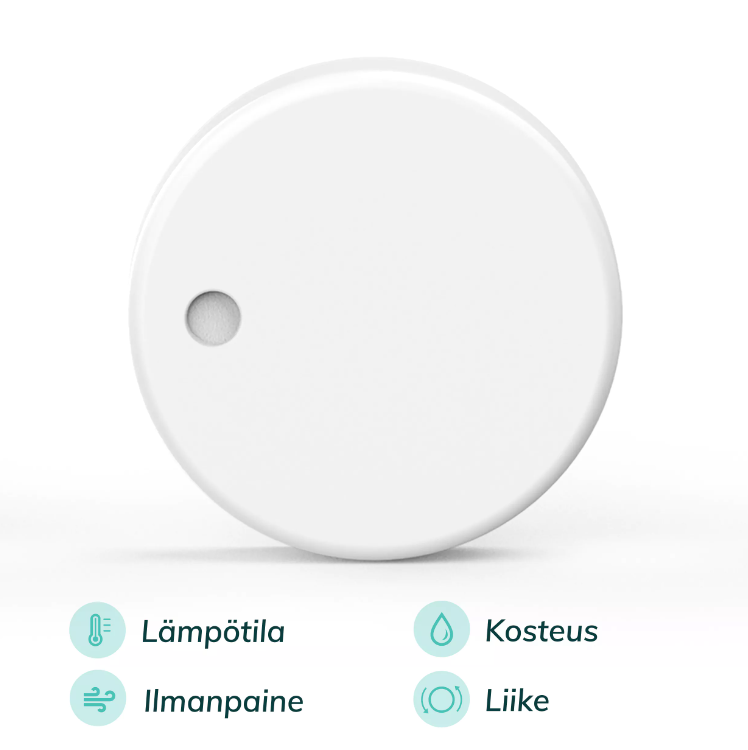Horse welfare measurement technologies is a holistic process during which we familiarize ourselves with the various possibilities offered by measurement technologies to promote horse well-being. The project can be found here.

Briefly about sensors
With the help of sensors, contact is measured in real time. The sensor is placed between the bit and the rein, and measures the amount of pressure from the rider's hand to the horse's mouth. We make measurements in several different parts with steeds in different stages of development. We try to look at the benefit obtained from the measurement from several different perspectives. It is especially important to us and our partners that the measurement should not disturb the horse. This pilot measurement is carried out in cooperation with the Oulu-based Valmennuskeskus Horse Center.
Basic information about sensors:
- The device uses a bluetooth connection
- Everything happens wirelessly: charging the sensors, connecting, transferring data to the receiver
- The weight of one sensor is 68 g
- The battery lasts about 12 hours
First measurement
In the first part of the measurements, we evaluate the horse's attitude to the somewhat large sensor placed between the rein and the bit. When held in the hand, the device is relatively big. Our test horses were two very different horses; one is a heavy-built Finnish horse that has moved from a trotting career and is in the early stages of its riding career, and the other is a light-built half-breed that has been ridden by a professional since foal. Susanna Lemström, a long-time trainer and entrepreneur of Valmennuskeskus Horse Center, commented on the first contact with the equipment as follows:
A light contact can mean very different things to different people. It's great to gain a common understanding of that feeling, what it can mean to someone, so numbers. Exact information enables faster reactions and even more timely requests to affect the horse. Riding is largely about recognizing the right timing. However, understanding the contact is only one part of the big picture.

Susanna Lemström trains horses and coaches jockeys as a profession and is the founder of Horse Center. Photo: Tiina Suvanto.
The lighter and more purposefully trained of the horses reacts to the device by tensing up a bit, because the device is not completely silent, but in motion the mechanical connections of the device cause a small rattling sound. Another practical challenge was identified when the Bluetooth range of the device was found to be too short, around 10-15 meters. In optimal conditions, the range can be up to 40 meters, but this was not the case during these measurements. The normal Bluetooth range is often not enough if, for example, the receiver is at one end of a 40-meter-long manège on a coach and the horse is running the track at the other end. It is important for the coach to see the real-time readings, for example in the contact measurement, all the time, so that he can help the student in the best possible way, at the right time.
From the rider's point of view, the sensor was easy to install due to the quick-release fastening, but the metal part against the bit made me think about whether, for example, could there be extra noise in bucking situations, which would affect the horse's possible stress. One of the test horses became stressed in the test situation, but we can't be sure if the sensor caused the stress or possibly something else.
In the following contact measurements, we focus especially on the benefits from the coach's point of view. We also go through the data in more detail, how it differed when measured from different horses and how the horse's training level affected it. What can be interpreted from the data?



